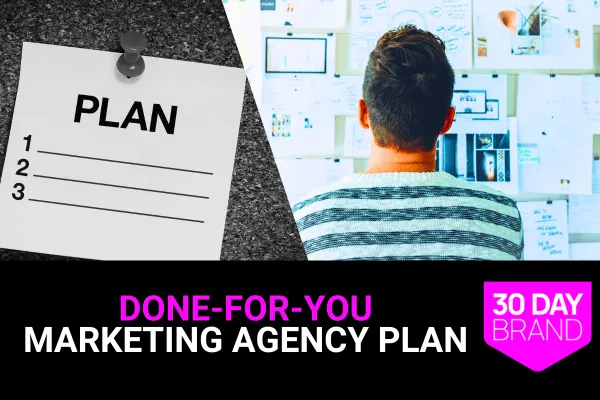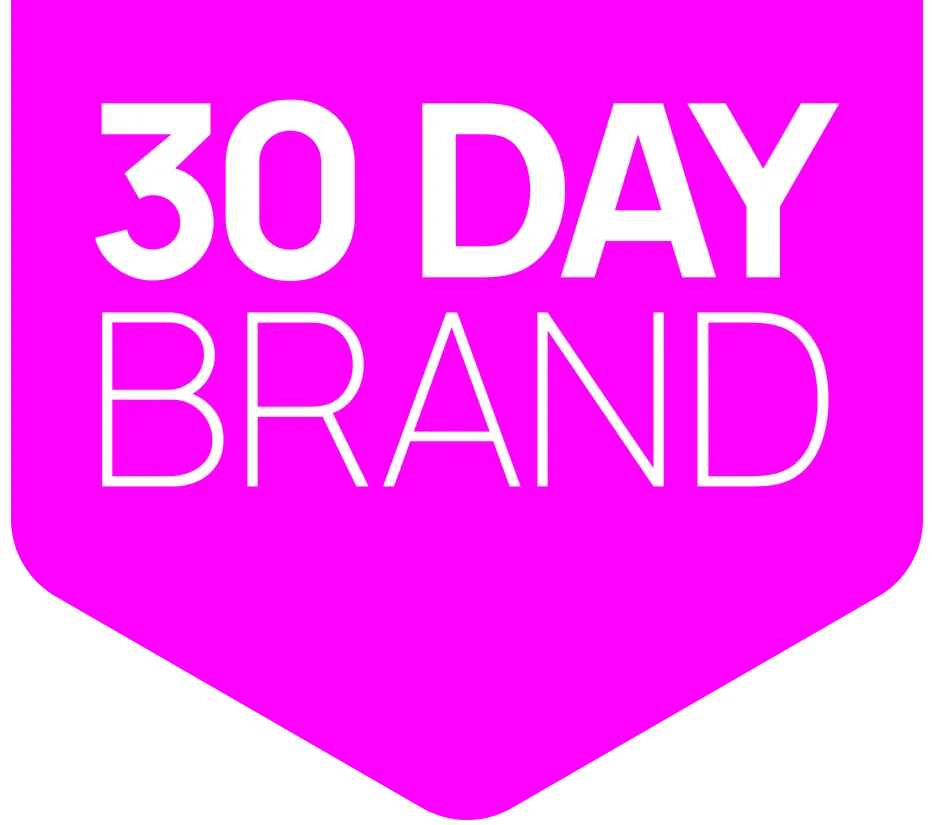
Done-For-You Marketing Agency vs In-House: Making the Right Choice
If you’re a solopreneur or founder debating in-house vs agency, start here. These nine decision points help you choose with clarity. Use the data to avoid costly missteps.
Definition
Done-for-you marketing means a specialist agency plans and executes your marketing. In-house means employees do it internally.
The 9 Decision Criteria
Before the details, anchor your choice to outcomes, not opinions.
1) Budget Fit
Your model must match available spend. Marketing budgets averaged 7.7% of revenue in 2024. Plan accordingly (Gartner via WSJ, 2024). The Wall Street Journal
Under $200k/year: Favor agency flexibility. See Done-for-you marketing.
$200k–$400k: Consider a hybrid team.
$400k+: In-house becomes viable for depth.
Track runway: Tie spend to pipeline milestones.
Internal links: Done-for-you marketing guide, Done-for-you marketing services, Turnkey marketing solutions.
2) Speed to Impact
Agencies move faster due to playbooks. 56% of demand-gen marketers report budget/resource pressure, so speed matters (CMI, 2024). Content Marketing Institute
Launch in weeks: Use proven SOPs.
Borrow tools: Avoid new license delays.
Set 90-day goals: Ship, measure, optimize.
3) Control and Access
In-house grants full control. Agencies add governance.
Daily direction: In-house enables immediate pivots.
Change control: Agencies need scoped approvals.
Decide cadence: Weekly reviews prevent drift.
4) Expertise Depth
Agencies bundle specialists. Many teams lack niche skills. Only 22% of B2B teams rate content “very successful.” (CMI, 2024). Content Marketing Institute
Stack specialists: SEO, PPC, CRO, analytics.
Close gaps: Use fractional experts.
Benchmark: Compare against category leaders.
Cross-link: SEO for consultants, Client acquisition system.
5) Buyer Behavior Fit
Self-serve research dominates pre-sales. 81% of reps say buyers research before outreach. (Salesforce, 2022). Salesforce
Publish signal: Ship authority content weekly.
Align journey: Map TOFU, MOFU, BOFU offers.
Prove trust: Use case studies and data.
Cross-link: Business messaging framework, Consulting sales funnel.
6) Trust and Thought Leadership
Thought leadership drives qualification. 73% of B2B buyers trust it over marketing materials. (Edelman, 2024). Edelman
Publish POVs: Monthly executive essays.
Show evidence: Benchmarks and outcomes.
Gate smartly: Trade email for deep value.
7) Staffing Risk
Hiring is slow and variable. Turnover hurts momentum.
Cover redundancy: Agencies provide backups.
Document SOPs: Reduce single-point failures.
Cross-train: Blend agency and internal skills.
8) Tooling and Data
Agencies include stack access. Internal teams must buy and learn.
Audit tools: Own source-of-truth analytics.
Standardize tags: Enforce clean UTM hygiene.
Dashboards: Weekly KPI views for decisions.
9) Performance Cadence
Results require discipline under resource strain. Budget pressure hits 56% of demand-gen teams. (CMI, 2024). Content Marketing Institute
Monthly cycles: Plan, ship, learn, iterate.
Quarterly bets: Double down on winners.
Kill list: Stop low-signal work fast.
Quick Implementation Guide
Start simple. Pick the model you can operate well.
Step 1: Define constraints and goals
What to do: Set budget, 90-day goals, and KPIs.
Tools needed: Finance model, analytics.
Time required: 2 days.
Expected result: Clear guardrails.
Step 2: Select the operating model
What to do: Choose agency, in-house, or hybrid.
Tools needed: RACI, role map.
Time required: 1 week.
Expected result: Signed plan and owners.
Step 3: Stand up the execution stack
What to do: Confirm tools, access, and SOPs.
Tools needed: Tag manager, CRM, ad accounts.
Time required: 1 week.
Expected result: Ready-to-launch systems.
Step 4: Launch minimum viable programs
What to do: Ship one offer and two channels.
Tools needed: CMS, email, ads.
Time required: 2–4 weeks.
Expected result: First signals and leads.
Step 5: Review, optimize, and scale
What to do: Run monthly performance reviews.
Tools needed: KPI dashboard.
Time required: Ongoing.
Expected result: Compounding improvements.
Key Statistics
Use data to pressure-test your choice.
7.7% average marketing budget share in 2024. Plan efficiency first (Gartner via WSJ, 2024). The Wall Street Journal
81% of sellers report buyers research first. Align content to self-serve (Salesforce, 2022). Salesforce
Only 22% rate content very successful. Skill gaps are common (CMI, 2024). Content Marketing Institute
56% face budget/resource pressure. Expect constraints (CMI, 2024). Content Marketing Institute
Thought leadership trusted by 73%. Invest in POV content (Edelman, 2024). Edelman
FAQ: Agency vs In-House
1) Which model is cheaper in year one?
Agencies usually cost less when budgets are tight, since tools and specialists are bundled. See Turnkey marketing solutions. (Gartner context on low budgets). The Wall Street Journal
2) Which model is faster to first results?
Agencies launch faster using existing playbooks. Budget pressure makes speed decisive (CMI, 2024). Content Marketing Institute
3) When does in-house beat an agency?
At $400k+ annual spend, in-house gains ROI through control and depth, if leadership is strong.
4) What KPIs decide success?
Pipeline, CAC, and payback matter most. Add lead quality and conversion rates.
5) How do I reduce agency risk?
Set SLAs and scorecards. Run monthly reviews and shared dashboards.
6) How do I reduce in-house risk?
Cross-train and document. Use contractors to cover skill gaps.
7) What about hybrid teams?
Hybrid works when you keep strategy in-house and rent scarce specialists.
8) How do buyers find me today?
They self-research. Publish authoritative content across funnel stages (Salesforce, 2022). Salesforce
9) Do I need thought leadership?
Yes. It increases trust and consideration in B2B deals (Edelman, 2024). Edelman
10) How do I pick channels first?
Start with two. One demand capture, one demand creation. Scale winners quarterly.
Let’s Choose Confidently: Next Steps
Prefer in-house? The 30-day brand system installs clear messaging, funnels, and a client acquisition system without hiring an agency. First step: Run your free Brand Message Analyzer










